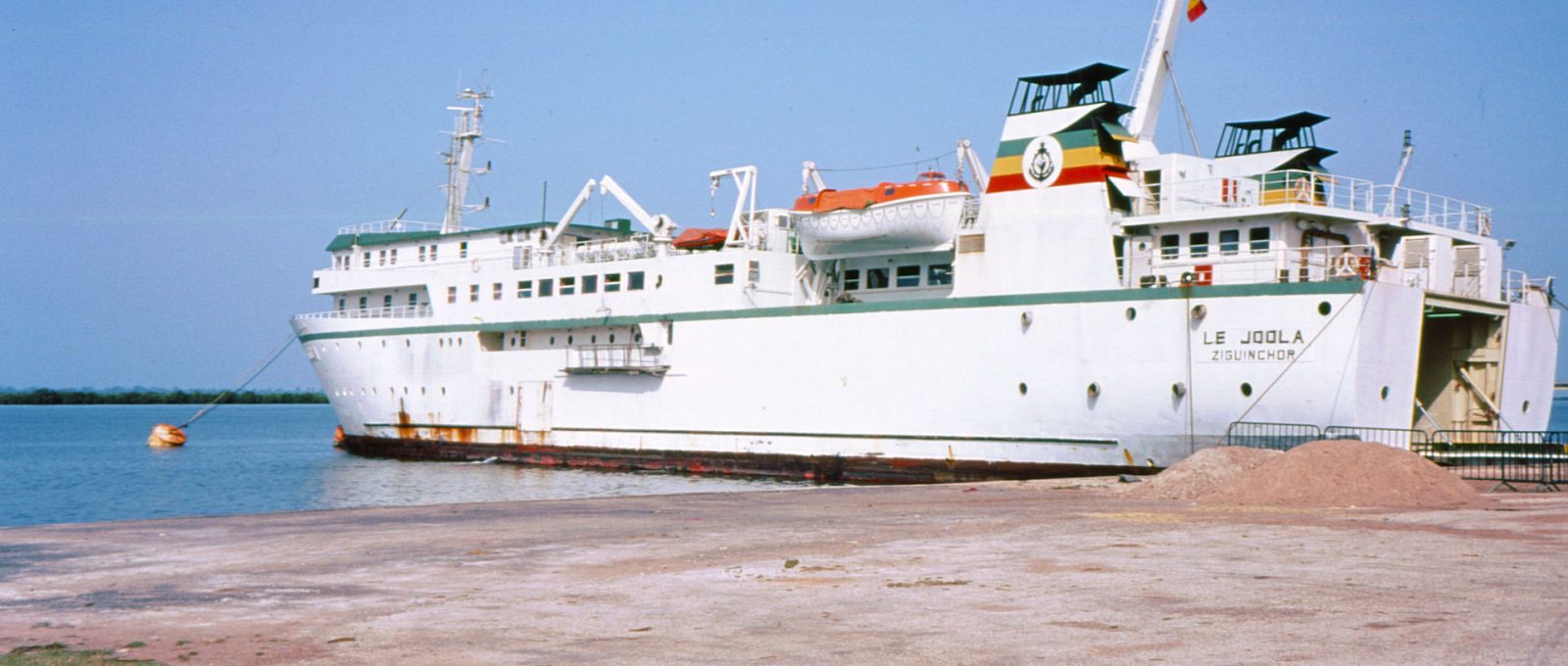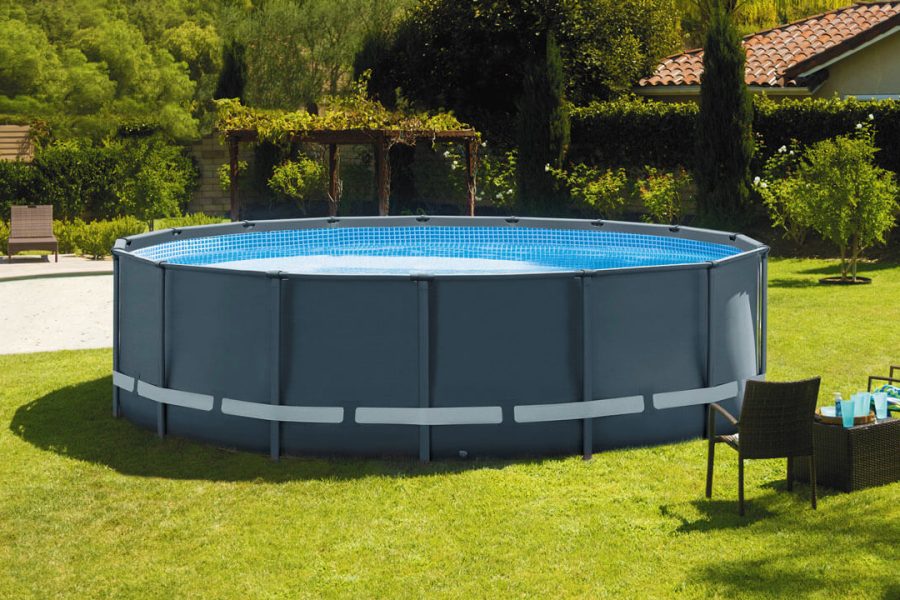
There is something horribly fascinating about a mysterious disappearance, and our vast oceans offer seemingly endless space in which to disappear. The true fate of many of these ships will never be known, but it has been suggested that storms, piracy, mutiny, accidental bombing, and even a giant squid attack could be the cause. Here are seven ships that disappeared without a trace.
Theodosia Burr Alston (1783–1813) was the daughter of American politician and third Vice President of the United States Aaron Burr. Theodosia had a privileged upbringing and a good education, and in 1801 she married wealthy landowner Joseph Alston, who later became Governor of South Carolina.
Unfortunately, in 1812, Feodosia lost her only son to a fever, and she fell ill with grief. Desperate for a change of scenery, she boarded a schooner "Patriot" in South Carolina to visit his father in New York on New Year's Eve 1812. The ship left the dock and sailed north, but what happened after that remains a mystery. It never arrived in New York, and no trace of the ship or crew has ever been found.
There are a number of theories and legends surrounding the fate of the Feodosia: some claim that the ship was attacked by pirates and forced to walk the plank, while others suggest that “ Patriot" caught in the War of 1812 and was sunk by accident by an enemy ship. Perhaps the most bizarre story is that put forward by a Karankawa chief who claimed that he had rescued a woman washed ashore from a shipwreck and that before she died she gave him her locket with her name engraved on it. Feodosia . . Whatever the story, it is likely that after more than 200 years we will never know the true fate Patriot and Theodosia Burr Alston.
To the Royal Merchant was commissioned to carry treasure from the New World to Spain under the command of Captain John Limbrey. In 1641, the ship was loaded with 100,000 pounds of gold, 400 bars of Mexican silver, and a huge amount of precious stones. As the ship entered English waters, the weather turned bad; unfortunately, the pumps on board the ship broke down and it began to take on water. Merchant Royal sailed in tandem with its sister ship Dover Merchant , who came to the aid of the captain and crew. The cargo, however, could not be saved, and the ship disappeared under the waves, somewhere off the coast of Land's End.
Of course, with such a valuable cargo, countless people have tried to find the sunken ship that became known as the "El Dorado of the Sea." In 2007, it was thought that Odyssey Marine Exploration may have found the wreck Merchant Royal after salvaging 500,000 gold and silver coins from a site off the southwestern tip of Britain, but it was later identified as treasure from a Spanish vessel. In 2019, a fisherman raised what may be a ship's anchor, but so far unimaginable riches Merchant Royal are still waiting to be discovered.
USS Cyclops was a huge steel-hulled fuel ship that was tasked with transporting coal and other useful materials for the United States Navy in the 1910s. On her last voyage "Cyclops" departed from Rio de Janeiro with a full load of 10,800 tons of manganese ore and more than 300 people on board.
On March 4, 1918, the ship was last seen leaving Barbados for what we now sometimes call the Bermuda Triangle. The ship had seemingly vanished without a trace, and the incident was regarded as particularly mysterious as no distress call had been made and no reports of bad weather in the region had been reported. Theories began to emerge (some more inventive than others) that the ship had been sunk by the Germans, attacked by a giant squid or octopus, or had been the victim of a violent mutiny. A massive search was launched. "Cyclops" , with several boats and planes scouring the area for debris or survivors, but no one from the massive ship was ever seen again.
On December 22, 1967, experienced yachtsman Dan Burak and his friend, Father Patrick Horgan, set sail on a 23-foot luxury yacht Witchcraft . to see the holiday lights off the coast of Miami. Unfortunately, after just one mile, the couple ran into trouble when it appeared the yacht had hit something.
Burak calmly called the Miami Coast Guard to report the problem and ask for help. The official who answered the call later commented that Burak seemed unconcerned, perhaps because the yacht was equipped with a special buoyancy device that was supposed to make the vessel unsinkable. The Coast Guard arrived on the scene just 19 minutes after the call and was surprised to find no sign of the large yacht, no wreckage, and no trace of Burak or Horgan. Over the next six days, hundreds of square miles of ocean were searched, but nothing was found, and "Witchcraft" chalked up as yet another ship mysteriously lost in the Bermuda Triangle.
Andrea Gail was a 72-foot-long liner that fished for swordfish in the North Atlantic. In September 1991, the ship, along with several other fishing vessels, left Gloucester, Massachusetts, for the last fishing session of the season. By October, "Andrea Gail" and his crew of six were already off the coast of Newfoundland when a confluence of terrible weather fronts conspired to create what has been called a "perfect storm." Strong winds whipped up waves up to 100 feet high, and any ship caught in their path was caught in the waves and repeatedly capsized.
A devastating storm has hit the coast of New England and Canada, and after the worst of the storm had passed and "Andrea Gail" unable to return to port, several rescue missions were sent to search for the ship, but nothing was found. The story of a storm and an imaginary fate "Andrea Gail" and her commands were later told in a book "The Perfect Storm" Sebastian Junger, as well as in the Hollywood film of the same name.
USS Porpoise was a brig that participated in 19th-century survey and exploration missions, taking part in the 1838 voyage that confirmed the existence of Antarctica and later circumnavigated the globe. In 1854, the ship sailed from Hong Kong with 69 men to conduct a survey of the South Sea Islands. Somewhere between China and Taiwan, the ship encountered thick fog, became separated from its sister ship, the aircraft carrier Vincennes", and was never seen again. Many ships searched for the ill-fated brig for over a year, but no trace was ever found. It is believed that it was wrecked in a typhoon, and all hands were lost.
During her 20-year career, the Royal Navy ship HMS Sappho was used to suppress the slave trade off the coast of West Africa. It intercepted several slave ships and freed hundreds of people.
In 1857, after mistakenly chasing and boarding an American ship - an event that caused something of a diplomatic crisis between America and Britain - the ship was ordered to Australia. Sappho" reached Cape Town without incident, and thence proceeded to Bass Strait, where she was last sighted by a passing brig on 18 February 1878. Bad weather had been reported in the area, and it was assumed that high winds had caused the ship to burn and sink. No trace of the 147 crew was ever found, but it was rumoured that Captain Fairfax Moresby had somehow escaped the wreck and made it to an island off the coast of Australia, where he was said to have lost his mind.
SS Baychimo began life as a German merchant ship and was later handed over to Britain after World War I as part of reparations. Baychimo was taken over by the Hudson's Bay Company and made many voyages across the Atlantic from Scotland to Canada to trade with the local Inuit tribes. In 1931, while bound for Vancouver with a cargo of furs, "Baychimo" fell victim to ice floes that surrounded the ship and locked it in an icy embrace. The crew escaped the stricken vessel and ran across the ice floes to safety, but a few days later some returned to try to save the ship and its valuable cargo.
After more than a month of battling treacherous weather, a severe snowstorm blew up on the shaky camp and the remaining crew lost sight of the ship, and by the time the storm had abated, " Baychimo" disappeared. The crew assumed that it sank without a trace.
But then, a week later, the ship was spotted by an Inuit hunter, and the crew raced back aboard to salvage as much cargo as they could. The captain decided the ship was too damaged to be seaworthy, so he abandoned it, thinking it would soon fall apart.
How wrong he was: for many years "Baychimo" sightings have occurred on several occasions, sometimes quickly trapped in the ice and sometimes floating like a ghost in the Arctic waters. The last confirmed sighting was in 1969 – an astonishing 37 years after it was abandoned to its fate.














Оставить Комментарий